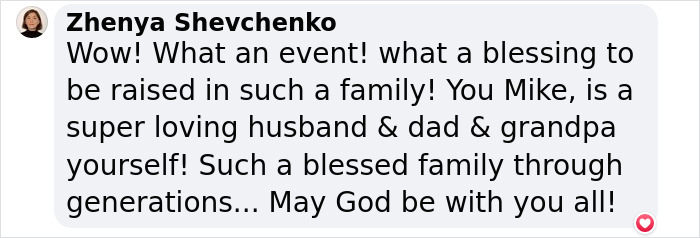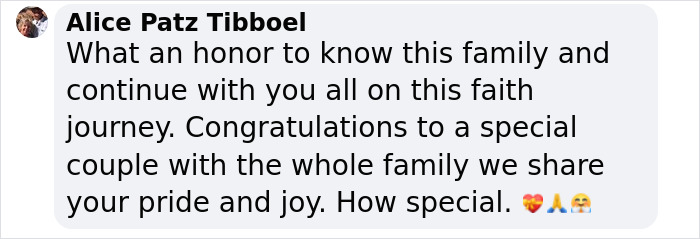According to statistics, less than 4 percent of marriages last as long as 60 years, which is beautifully called a ‘diamond anniversary’. The hardest natural substance on earth, diamonds represent the unbreakable bond between two people that has stood the test of time for six decades, and one of such couples is Gary and Linda.
The elderly couple from Nebraska, after 60 years, finally got to have their dream wedding and renew their vows, only this time surrounded by multiple generations of their family.
After Gary and Linda first married in secret in 1964 in Reno, Nevada, the couple finally made their dream wedding day come true on April 13 this year
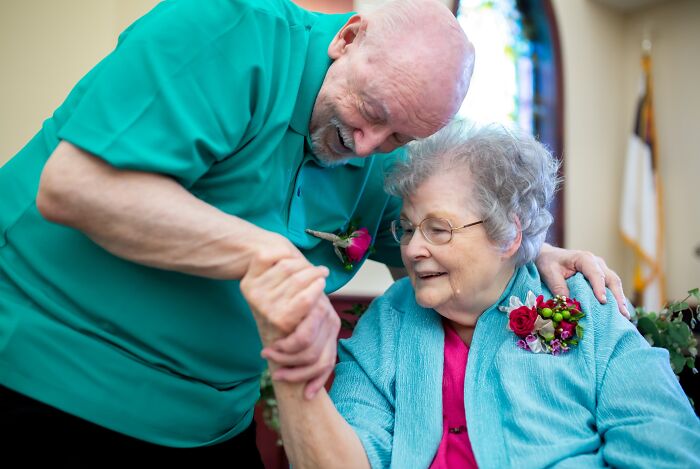
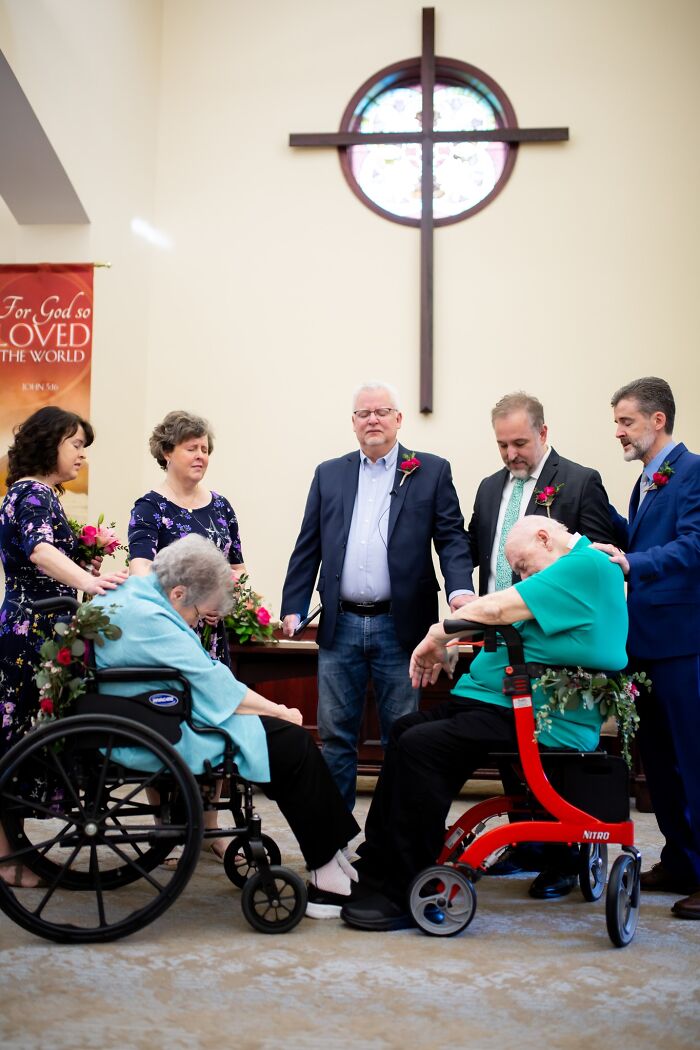
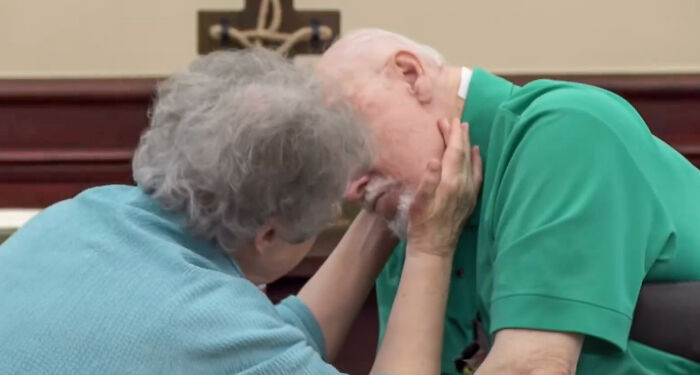
Image credits: Mike Manna
Gary and Linda first exchanged vows in secret in Reno, Nevada in 1964. They already knew that they were meant to be together for a lifetime, yet couldn’t guess that they finally would get the chance to have the wedding of their dreams 60 years later.
The couple re-walked the wedding aisle on April 13 this year. “I wanted her to have a wedding,” shared Gary and he definitely succeeded in making this wish come true. They danced, kissed, and enjoyed the special day, barely letting go of each other’s hands. Their huge family, spanning generations, and close friends were there to share the happiness together – something they missed out on so much when they first exchanged vows in front of a pastor decades ago.
This time, their eldest son, Mike Manna, officiated the ceremony. “The main thing was to honor them. 60 years. There’s not that many couples that have stayed together 60 years. They were a great example to us, my brothers and sisters,” said Mike.
The special day was made possible by the Dreamweaver Foundation, a non-profit organization that is dedicated to fulfilling life-long dreams for terminally ill seniors in need. It is unclear whether Gary or Linda has an illness, since a diagnosis wasn’t mentioned.
Kelly Jacobs, who’s program coordinator of Dreamweaver Foundation, explained that having a life-limiting illness is how they are able to grant people’s wish and fulfill their bucket list dream. Sometimes it might be a birthday party. But sometimes it’s an anniversary celebration.
Asked about what has kept the couple’s relationship so beautiful for so long, Linda answered that the secret to their long-lasting happiness is mutual forgiveness, faith, music, and spending as little time apart as possible.
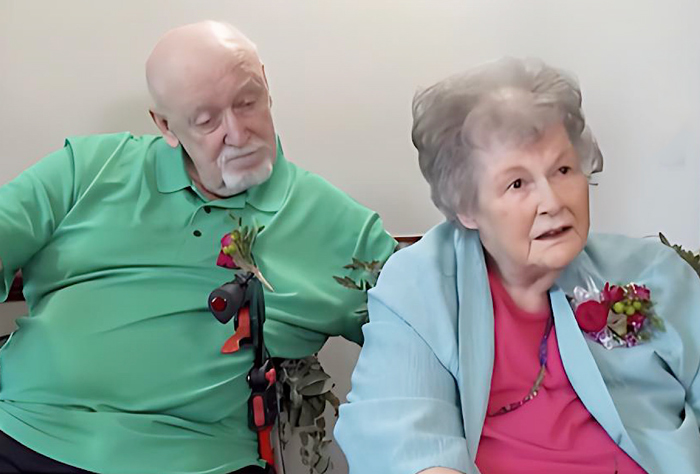
Image credits: Mike Manna
The wedding anniversary idea, especially marking this special day with a gift, has been traced by various sources to ancient Rome or medieval Germany.
“In the late 19th century, during the Victorian era, this was a period when it became an exchange of gifts or gifts from other people, because this was the period when the love match was triumphing,” explained Stephanie Coontz, who’s Director of Research and Public Education for the Council on Contemporary Families in the interview with Time. “When the love match was first invented it was very destabilizing and traditional conservatives were horrified by the idea… What in the world will we do to get people married and keep them married if love is the main reason? And so there began to be this emphasis on building a love and commitment.”
In the earlier years, despite increased media mentions of silver and gold weddings or anniversaries, a ‘silver wedding’ or ‘golden wedding’ were more associated with the German or Dutch tradition, with which English-speaking readers would not be so familiar. Another important detail to mention is that since traditional gender roles still remained, it was believed that the wife’s achievement in reaching the milestone was the one worth celebrating due to the idea that the harmony of the household depended mainly upon her.
“There’s still not the idea that marriage takes work from the husband, but there’s more recognition that it takes work from the wife,” explained Coontz.
It took some time, yet the silver and gold traditions spread along with the books: the 1859 edition, The (Old) Farmer’s Almanac, then a Perfect Etiquette, or How to Behave in Society in 1877, and others pointed out the occasions on which a specific present was appropriate. Yet probably the main turning point was in the 20th century when an exhaustive yearly list was invented.
In 1910, The Standard Home Reference Library presented a longer list of names that were commonly given to such anniversaries along with yearly gifts for the first 5 years (paper, straw, candy, leather, wood) as well as special presents for years seven (floral), ten (tin), 12 (linen), 15 (crystal) and 20 (china). For years 30 to 45, gifts of pearl, coral, emerald and ruby were favored and the diamond anniversary was counted either at 60 or 75 years.
“As you begin to get that sentimentalization of marriage and the nuclear family, which really comes to the fore in 19th century England and America far more than continental Europe, of course the emerging market begins to take note of it. So you’ve got Hallmark by the 1920s getting in on the act and the jewelers going ‘oh, yum’ in the ’30s,” shared Coontz. “All the marketing people and droves of sentimentalizers started figuring out reasons for symbolism and trying to make people see it as a very important symbolic step to take that brings them closer as a couple,” she added.
The elderly couple was surrounded by their loving family members and the wedding ceremony was officiated by couple’s eldest son Mike Manna
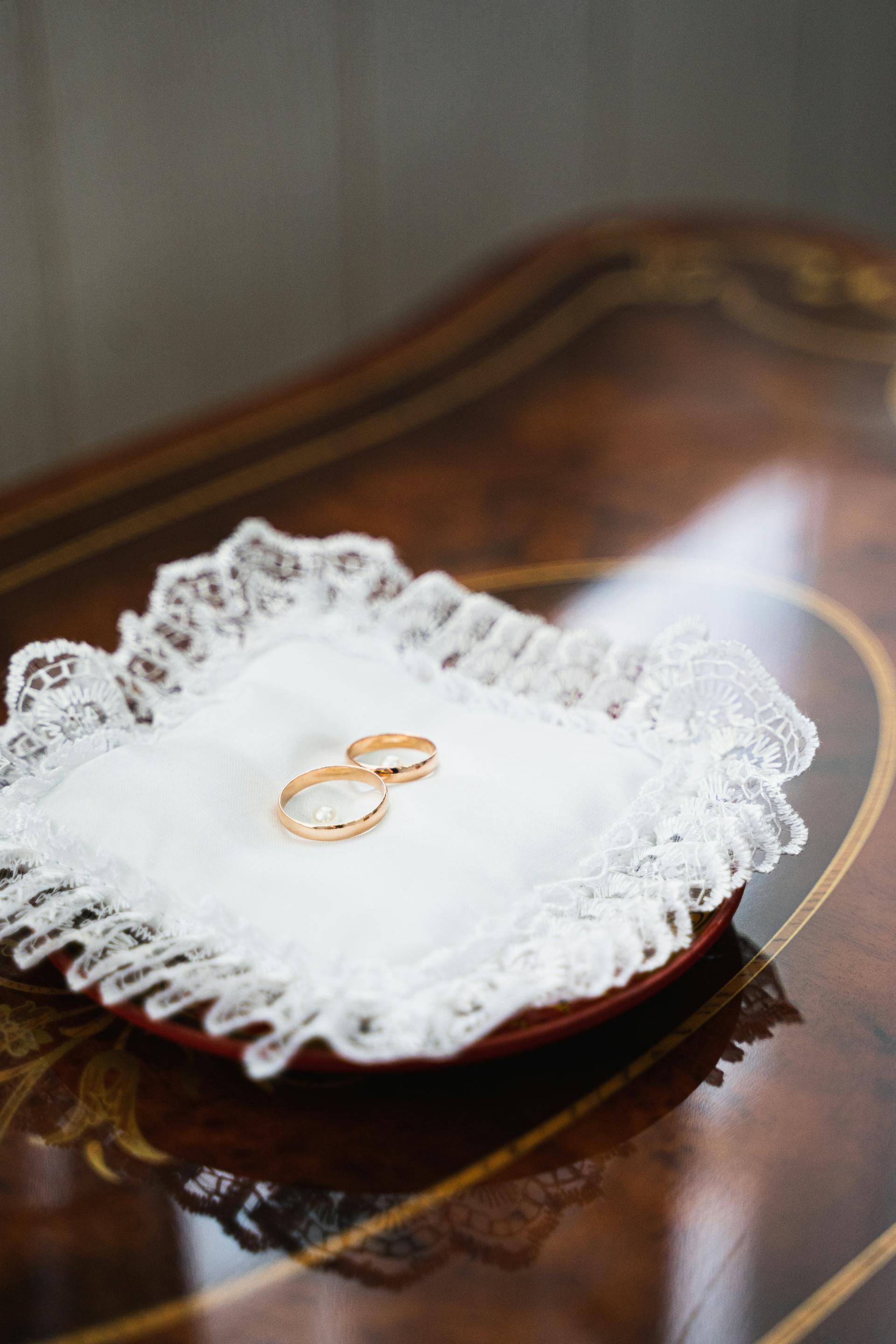
Image credits: Alex Urezkov
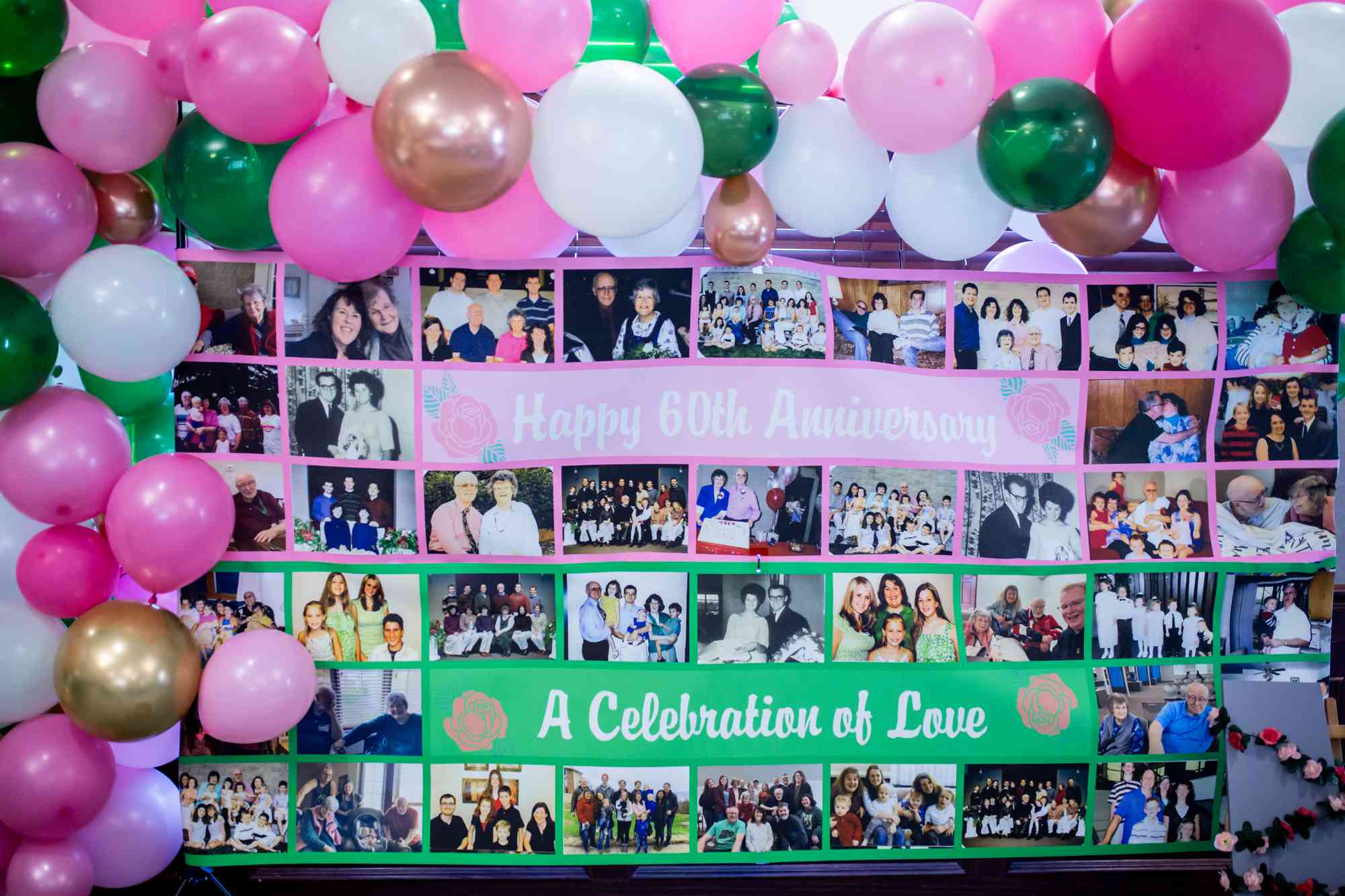
Image credits: Mike Manna
Nowadays, in some countries around the globe, couples can also get a special recognition from government officials for particular milestones: in Australia, a congratulatory letter from the governor-general on the 50th and all subsequent wedding anniversaries; in Canada, the 50th anniversary and every fifth anniversary after that are marked with a message from the governor-general as well; in the Commonwealth realms, a couple can receive a message from the monarch for their 60th, 65th and 70th wedding anniversaries and for any wedding anniversary after that; while in United States, a couple can receive an anniversary greeting card from the president for their 50th and all subsequent anniversaries.
According to Forbes, new statistics shows that the main reason why some marriages do not last long is that 75% of couples are lacking commitment and 66% of men and 74% of women think that their partners should have worked harder to save the marriage.
Countries like Italy, Japan, India, France, and Iceland stand out for their long-lasting marriages, while the United States has a higher divorce rate than most parts of the world. Yet it still is far from the countries with the most divorces, for instance, Russia, China, Kazakhstan or Maldives.
While cultural and social differences can shape the dynamics and expectations within a marriage, the couples who are committed to working through challenges and growing together are more likely to have marriages that stand the test of time and today’s story about the elderly couple from Nebraska only proves it.
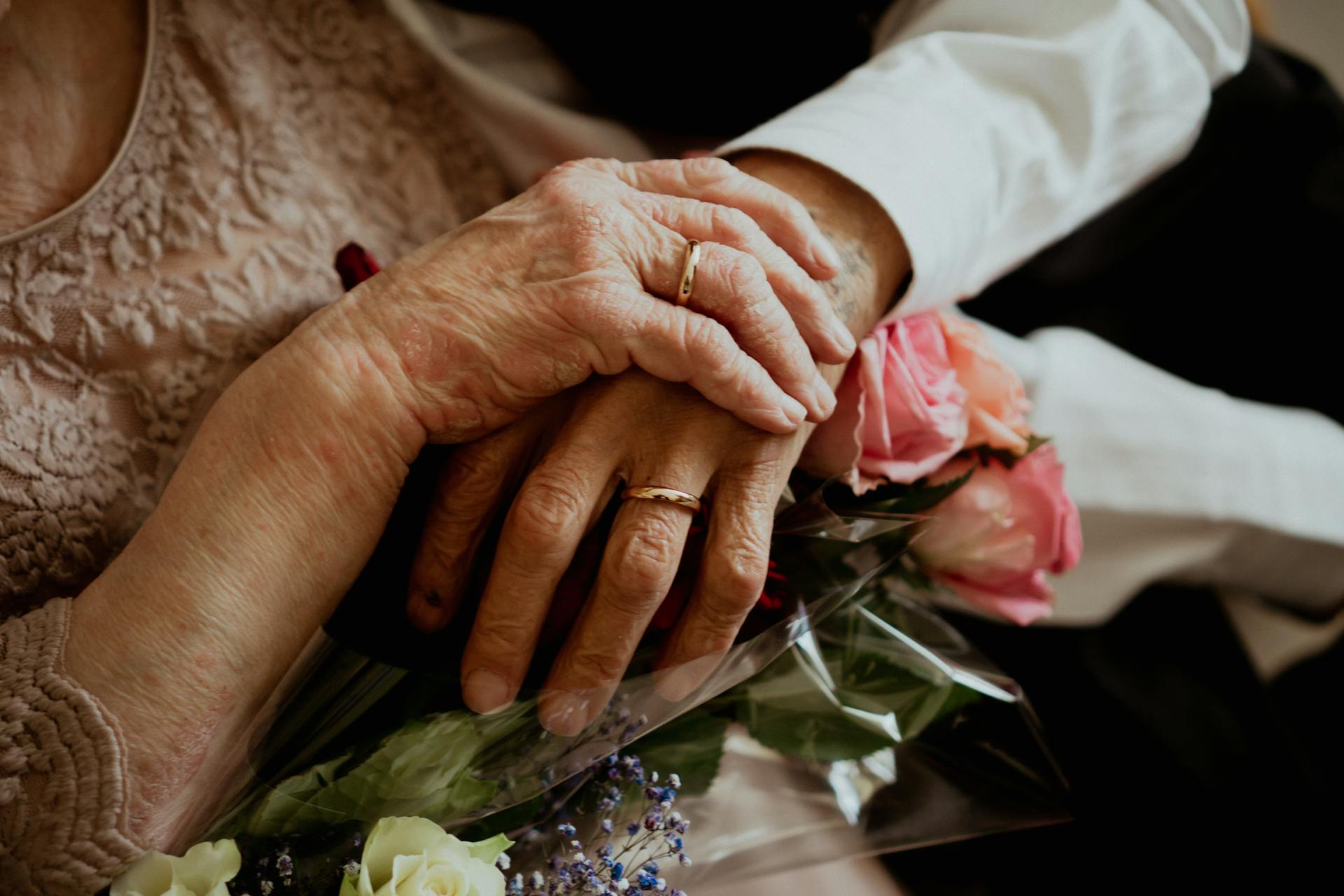
Image credits: Monika Balciuniene
Gary and Linda’s story reminds me of my own grandparents who’ll also mark their 60th anniversary of marriage this year. Their journey wasn’t easy, yet I still remember all those days when, coming back after school, I would find them at home dancing to jazz music coming from their old vinyl record player or laughing so much that the entire house would be trembling in joy.
I believe that true love is not all about butterflies and romance, yet more about dedication and commitment, especially on the hard days. It’s about being willing to listen, to understand, to be present, about constant growth and evolving into a better person, a better partner, about staying grateful for what you have and being willing to build the future together. Yet I’m curious to know what Bored Panda‘s readers think about the main key for a long-lasting marriage; maybe some of you could share your thoughts with me in the comments?
People on the internet couldn’t hold back their joy seeing such a beautiful example of long-lasting love and commitment
